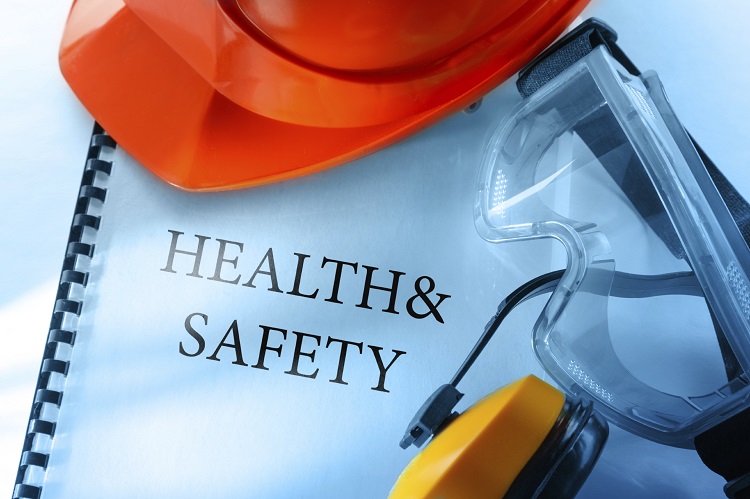The Changing Landscape of Safety Metrics

Safety is important at any job, but it can be even more important in manufacturing. In an effort to improve safety, many manufacturing companies have developed safety metrics where they track, report, and monitor all ongoing safety issues.
But what if you scrapped safety metrics all together?
That might sound crazy, but an analysis of your safety metrics data may not be telling you the whole story about what is happening in your facility. By asking your staff to report all incidents, near misses, and ones that didn’t cause lost time or property damage, you may be tempting them to underreport issues so their metrics look good.
If you think I’m wrong, just go to the water cooler and have a chat with your employees. Ask a few questions—“Have we taken care of the visibility on the corner where Jim almost ran over Joe with the forklift?” If the answers aren’t satisfactory, this is your chance to dig deeper. Your staff may tell you that the one corner is fixed, but there are other corners where this happens. A simple conversation has uncovered the larger issue at play—your employees are not reporting all of their safety concerns.
Many employees are afraid to report safety concerns and issues. This is often due to one of three reasons:
- If they share safety concerns, they worry that they will have to fix them or come up with a preventative measure.
- They feel that safety is the responsibility of management or the environmental health and safety (EHS) director, not their own.
- If there is a safety bonus or safety metrics are part of their incentive plan, they fear that reporting safety incidents will take money from their pocket.
So, if your metrics are not telling you the full story about your facility, how do you get your employees to open up to make their workplace safer?
One way is to tell them the story of Tom Wilson. Tom took a plane ride with six people in bad weather. The pilot asked before taking off if anyone is uncomfortable and would like to stay back, but no one spoke up. The plane crashed. Only Tom survived. He now says that he should have spoken up and stayed on the ground, which might have given the rest of the passengers encouragement to say “I’m staying back.”
Mike Douglas, Senior Manager for health and safety at GM, recently stated at Safety Leadership Conference that safety metrics only encourage employees to stay quiet about possible safety issues.
The bottom line is if you want your employees to take safety seriously, establish a culture that is serious about employees’ safety and health. Create an environment that fosters safe thinking and makes safety a priority for everyone—not just management or the EHS person.
There are a few easy ways you can create a culture that puts safety first. Hold daily, informal, safety concern talks. Ask for employee input and take feedback seriously by correcting problems they bring to you. Empower your supervisors to work directly with their employees to shut down an immediate safety issue. Make sure your maintenance team understands that safety work orders take priority over any other work orders.
Also, you should create a reward program that incentivizes employees for reporting safety issues. Bring these issues and the solutions to your daily safety talks. A safety reward can be as simple as a candy bar, a soda, or an entry into a monthly drawing for a hat or t-shirt.
This approach will change how your employees feel about safety and get them involved. As they see issues getting addressed and changed, they will be happy to contribute and help make their workplace safer.
An insurance company that cares about you and insuring the things you wish to be insured.
Get a Quote> Find an Agent>

